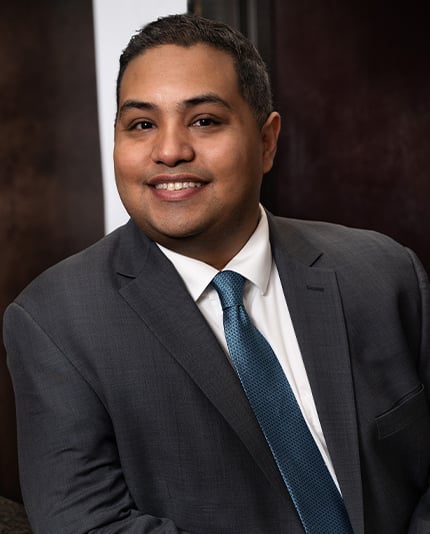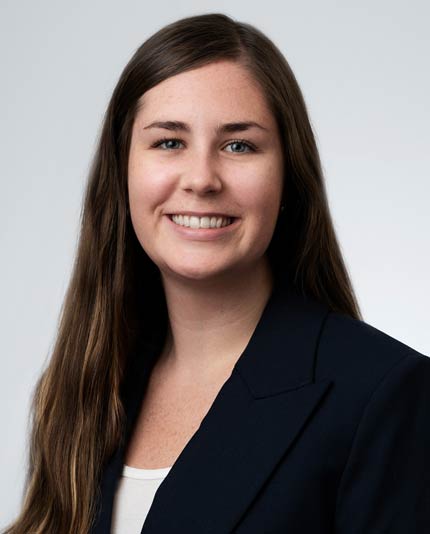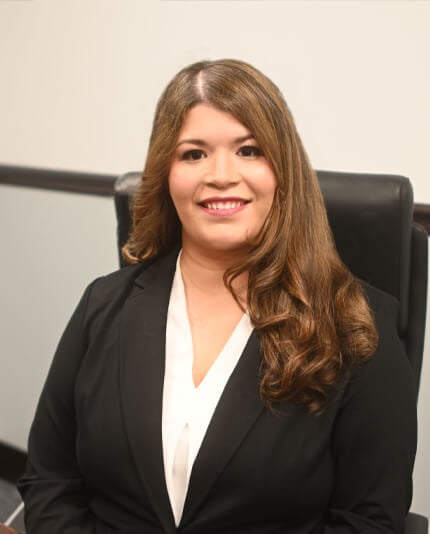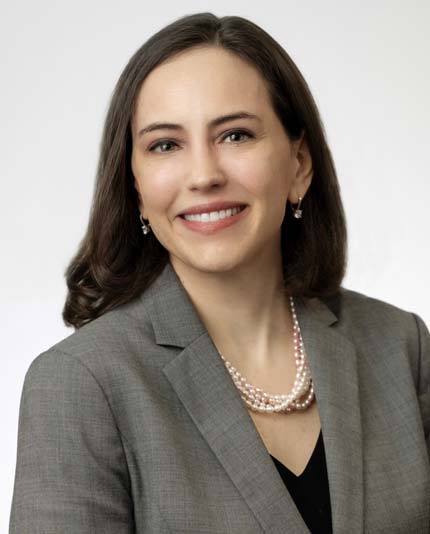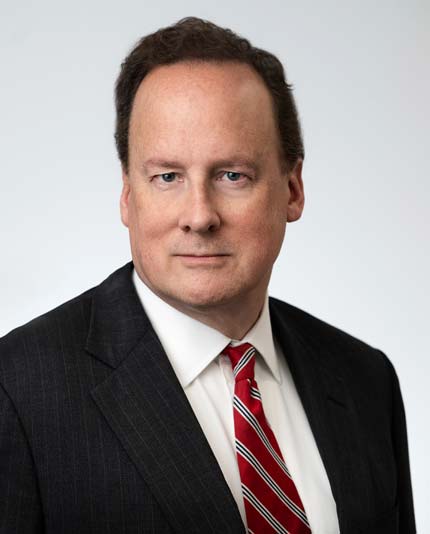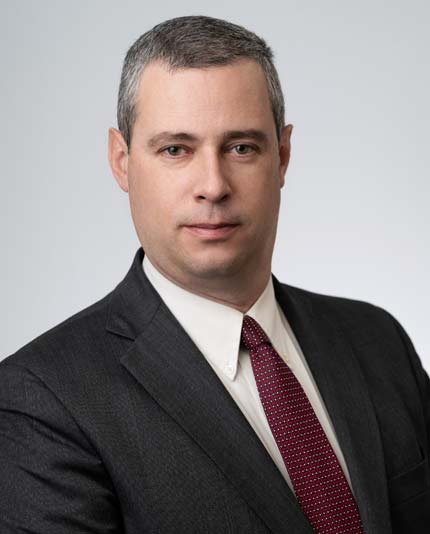Strong Advocacy | Personalized Service | Real Solutions
High Quality Legal Representation For Individuals & Businesses In The Twin Cities
A Client-Centered Law Firm With Bold Solutions
Burns & Hansen, P.A., is a full-service Minneapolis law firm that offers strong solutions and effective advocacy for nearly any legal matter you may encounter. Whether starting a business, going through a divorce or other family law matter, entering a real estate transaction, coping with financial issues or planning for the future, our quick-thinking attorneys have the legal experience to effectively address your needs.
At our firm, you will receive personalized attention from partners and highly-experienced attorneys. Our growing firm serves individuals, families and businesses in Minneapolis and Hennepin County, across the Twin Cities area and throughout Minnesota. We have also represented clients nationally and internationally.
As part of our commitment to our clients, we have invested in cutting-edge, multimedia technology that allows us to serve and represent our clients from virtually anywhere. To arrange a meeting virtually or in person, we encourage you to contact us today.
Civil Litigation
Business Law
Family Law
Construction Law
Estate Planning
Real Estate
Historic Preservation
Employment Law
A High-Touch Approach From Experienced Attorneys
By developing close working relationships with clients, we excel at identifying core issues, anticipating problems, delivering solutions, and understanding your goals and objectives.
We compare favorably to the bigger, downtown firms in quality of representation, with more affordable rates and accessibility, while offering our clients unique individualized attention. You will work directly with one of our proven trial lawyers — many of whom have been recognized by their legal peers as Super Lawyers and “Rising Stars”. Call our office today at 952-219-7897 or contact us online to get started.




